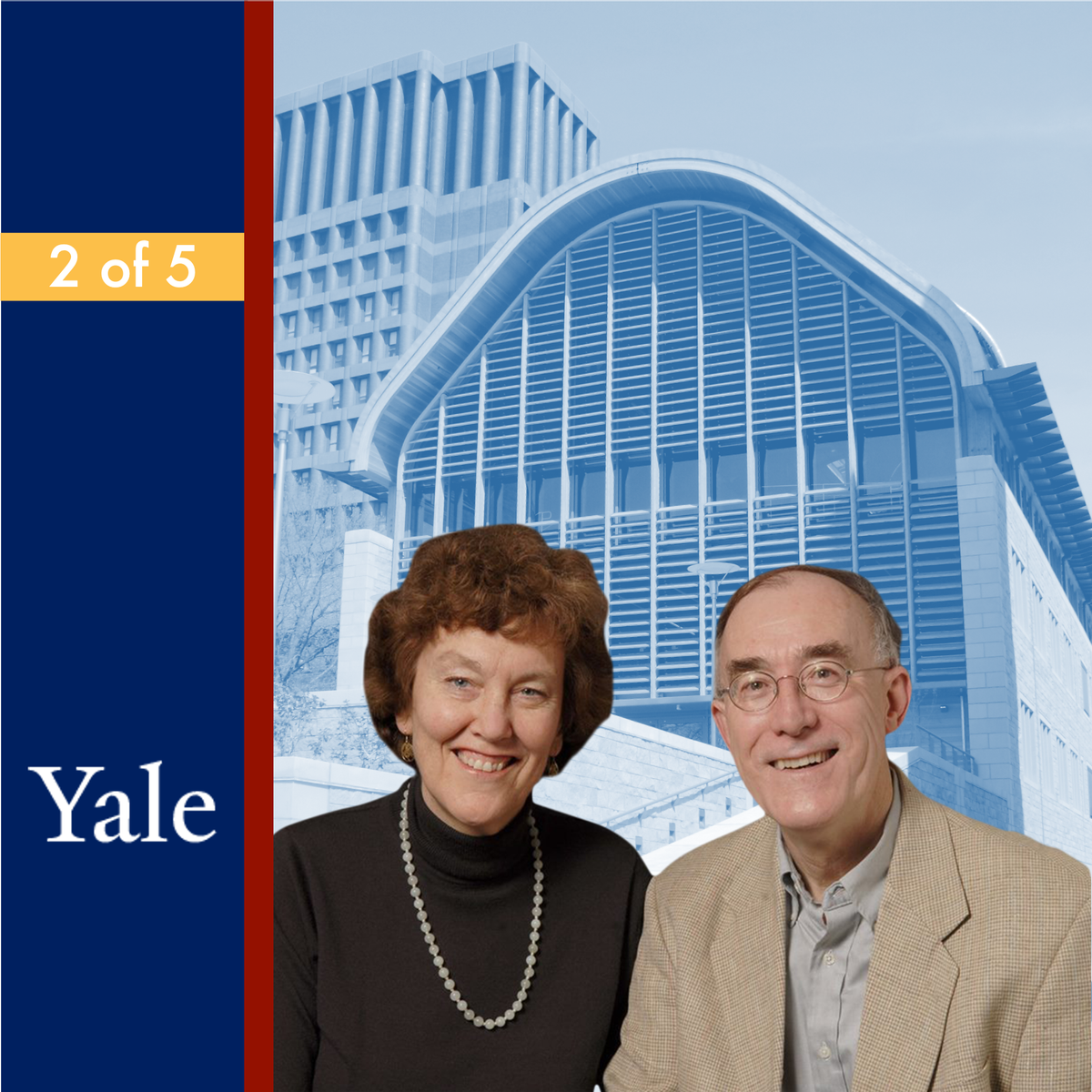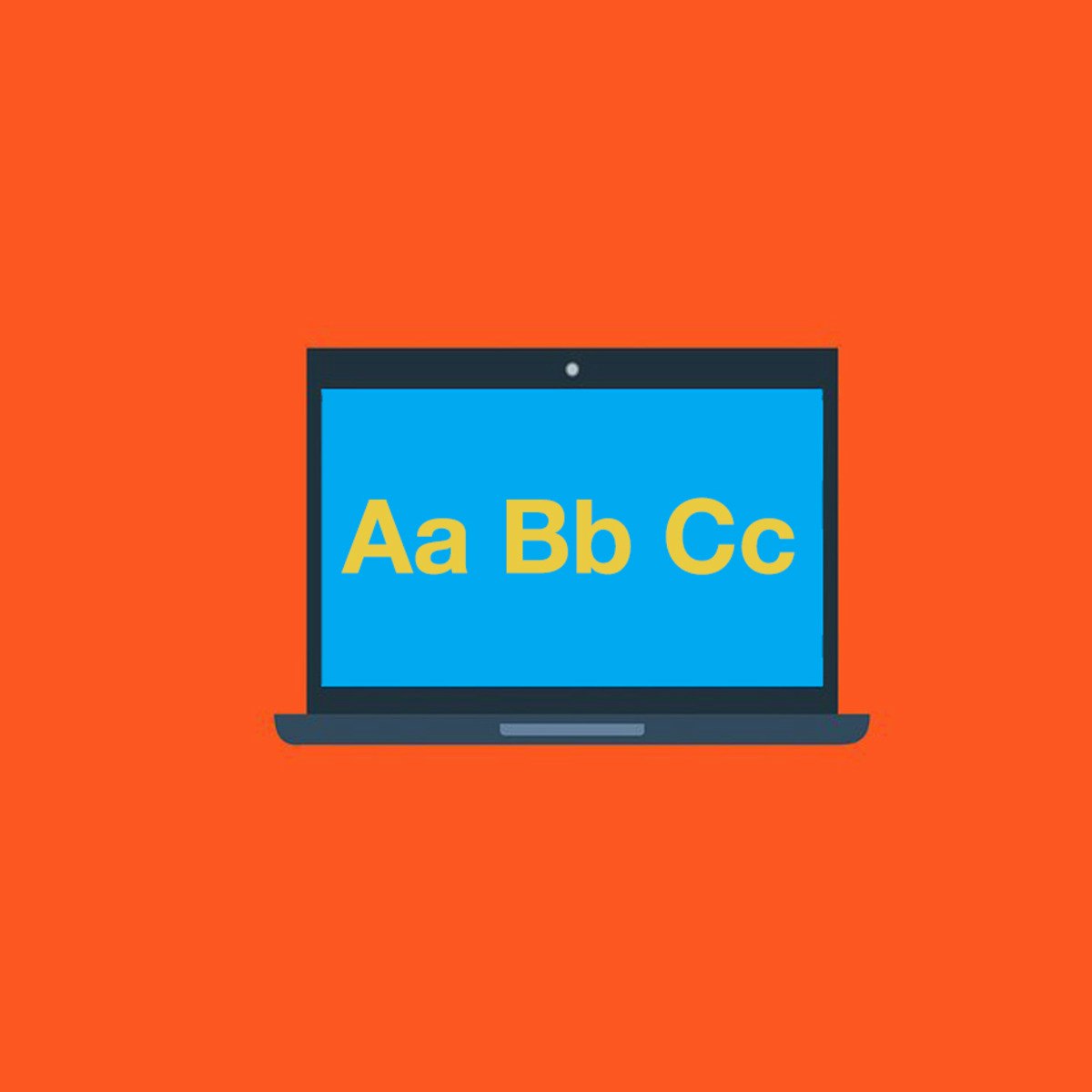Back to Courses









Arts And Humanities Courses - Page 7
Showing results 61-70 of 464

Terrorism and Counterterrorism: Comparing Theory and Practice
Delve into the research behind terrorism as you unpack the assumptions and impacts of both terrorism and counterterrorism.
Terrorism has arguably been one of the defining factors of our age. It frequently makes headlines, threatening or attacking governments, private businesses, and ordinary citizens. In many parts of the world, it has been one of the most important threats to peace, security, and stability – but what does this mean exactly?
On this six-week course from Leiden University, you’ll explore the essence of terrorism and discover why it is so difficult to define. Unpacking its history and the theory of the waves of terrorism, you’ll analyse both the theoretical approaches and practical applications of terrorism and counterterrorism in the real world.
There are many assumptions that cloud the subjects of terrorism and counterterrorism. These myths are often created and intensified by individual bias, the government, and the media. On this course, you’ll discover different assumptions about terrorist identities and motivations, as well as the efficiencies of various counterterrorism efforts. You’ll then compare this with academic research to investigate the truth behind these assumptions.
In your exploration of the impact of terrorism, you’ll delve into the culture of fear created by terrorism, as well as the success of counterterrorism policies to limit and manage its impact on society. In the final stage of this course, you’ll reflect on trends and developments in terrorism and counterterrorism. You’ll assess current academic research as well as what could be studied in the future to help.

Privacy in Europe
After having followed Privacy in the Western world you have become acquainted with the overall global legal system and the origins of privacy as a concept as well as privacy as a (human) right. This course deals with the European legal system to protect privacy. European privacy protection is based upon human rights treaties, both on a European level as well global level such as, e.g. the UN Declaration on Human Rights. This course outlines and deals with these human rights treaties as well as with the specific rules and regulations that govern day to day privacy protection in Europe.
The course deals with how the European cooperation came into being after the devastating effects of World War II. Economic cooperation was deemed necessary to prevent another war. From economic cooperation other issues became part of the negotiations, and to this day more and more policy fields have become part of the European cooperation. Dealing with and having respect for different human rights is paramount in this cooperation. And privacy protection and regulation has become an increasingly important subject that has attracted a lot of global attention.
The course deals with the different legal elements that have played an important role into grabbing in legal terms the notion of privacy and how to legally protect it. The rules that enable the exchange of personal data between the USA and Europe is being dealt with. It also deals with the constituting legal elements that have become part of the General Data Protection Regulation (GDPR).
After successful completion of the course you will have sufficient baggage to know about the important legal elements and historical background on the coming into being of European privacy protection. I wish you a lot of success with following the course.

Musicianship: Tensions, Harmonic Function, and Modal Interchange
After a tremendous response from learners on Coursera, Berklee Online has created a Developing Your Musicianship specialization, and this course is the third course in the series. If you have a general understanding of music theory or if you have completed Developing Your Musicianship I and II, this course will continue to help you understand musical concepts, enabling you to create and perform contemporary music. Taught by Berklee College of Music professor George W. Russell, Jr., the course includes four lessons that delve into an intermediate level of harmony and ear training.
The course will introduce you to new key signatures, and explore how they are constructed. You will continue to train your ear, learning to differentiate between the various intervals and chords that were explored in Developing Your Musicianship I and II. You will learn how to borrow chords from parallel tonalities (modal interchange), and how to write more common chord progressions.
The course culminates with an assignment that asks you to compose and perform a composition using popular chord progressions. As with Developing Your Musicianship I and II, this course is designed to share the joy of creating music.

Fashion Design
Fashion design is about looking to the future to innovate for today, but it is important to understand the foundation of the design process. In this course, you will learn about technological developments in fashion design, 3D and digital printing, and artisanal design and craftsmanship. You’ll explore building your brand through design aesthetics, materials, silhouettes and fit. You’ll discover the importance of collaboration with other designers and how new modes of thinking and inspiration are integral to the design process. Finally, you’ll examine the future of fashion forecasting, and how the observation of trends, social movements, politics, environmentalism, and pop culture are crucial to building your brand strategy.
In this course, you'll be learning from the following Parsons faculty and industry experts:
- Gabi Asfour, Parsons Faculty, Founder & Creative Director, threeASFOUR
- Keanan Duffty, Parsons Faculty
- Susanna Moyer, Parsons Faculty
- Joshua Williams, Parsons Faculty

Indigenous Religions & Ecology
At first glance the fields of religion and ecology may seem and unlikely pairing, but a deeper consideration reveals the two have a great deal to contribute to one another and are indeed inextricably linked. Religions recognize the unity and interdependence of humans with nature. Ecological sciences affirm this deep interconnection with the natural world. This partnership can inspire work for the wellbeing of the Earth community
There is a need for broader literacy and deeper knowledge of the world’s religions and their ecological contributions. This specialization, "Religions and Ecology: Restoring the Earth Community", contributes such a perspective. Each course celebrates the vitality of religiously-informed action for the Earth and recognizes the longstanding contributions of Indigenous peoples in offering visions and practices for ecological flourishing.
This is course 2 of 5 in the "Religions and Ecology: Restoring the Earth Community" specialization that focuses on the ecological dimensions of religious traditions throughout the world.
The course is designed as a gateway to the significant contributions of Indigenous peoples of Africa, Asia, the Americas, and Pacific Regions for environmental understanding. The diversity of Indigenous communities around the planet makes selective coverage necessary, but shared patterns of resilience manifest themselves worldwide. So much has emerged in the last several decades in understanding traditional environmental knowledge, as you will see.
This course is for lifelong learners curious to know more about world religions and ecology, environmental professionals eager to deepen the discourse of environmental protection and conservation, those working with non-profit organizations and NGOs on issues of ecological justice, and religion leaders and laity who wish to know how they can contribute to interreligious dialogue on environmental projects.

Textual Elements of Design: Fonts, Typography, and Spacing
Graphic design is telling a story by using both images and text. With that definition in mind, this course will focus on the textual elements of graphic design. From the history of typography, the difference between type, fonts and text as well as exposure to typography spacing, students will learn the value of selecting the best kind of type and combinations of fonts to get their message across in a visually pleasing manner.

Activism in Sports and Culture
Sports have become an ever-present reflection of American culture, and an important symbol of the divisions and alliances in our society. Sports and political change walk hand in hand in America. The way that athletes and institutions deal with questions of race, economic hardship, nationalism, and political ties have become central to the way that we understand ourselves and our society. And yet, there are those who would prefer their sports free of controversy and opinion. Dedicated athletes, coaches, and media personalities have pushed back against this refrain, demanding to be seen not just as entertainers but as fully formed humans with political opinions and experiences. Their struggles against injustice have changed the face of America and kicked off a reckoning within modern-day sports.
How does context inform the shape and outcome of protests? What is it about sports that provides space — or doesn't — for political statements? Why do some of us expect athletes to be activists, when others would rather they "shut up and dribble"? We'll explore all of these questions and more in this class.
Your professor will be NBA All-Star and TNT Sports journalist and commentator Chris Webber, who leads interviews with iconic activists, including John Carlos and Jemele Hill as they wrestle with the meanings and outcomes of their activism. You'll read and watch primary source documents about acts of protest, and academic and journalistic work that reckons with the legacies of those acts. By the end of the course, you'll have a better understanding of historical and contemporary protest moments, and be able to create and apply new ways of thinking about the activism within the world of sports in history and today.

A Brief History of Human Spaceflight
This course provides a view of the history of spaceflight, from early writings telling of human's fascination of space through the early Russian and American space stations. Developed as an interesting and entertaining slice of space history that is accessible to anyone with an interest in human spaceflight

Introduction to Research for Essay Writing
Course 4: Introduction to Research for Essay Writing
This is the last course in the Academic Writing specialization before the capstone project. By the end of this course, you will be able to complete all the steps in planning a research paper.
After completing this course, you will be able to:
- choose appropriate research topics for college classes
- write detailed outlines for research papers
- find source material for research papers
- take and organize good notes for research
- use appropriate academic tone and language
- document sources by creating a Works Cited list in MLA format
- avoid plagiarizing your sources

The Power of Selection: Using Photoshop Selection Tools
During this project, you’ll use marquee tools, quick selection tools, and other selection tools to select, mask, and combine multiple images into a single composite. By the end of the project, you’ll be comfortable building selections of objects and people, two extremely useful abilities in Photoshop.
Popular Internships and Jobs by Categories
Browse
© 2024 BoostGrad | All rights reserved


